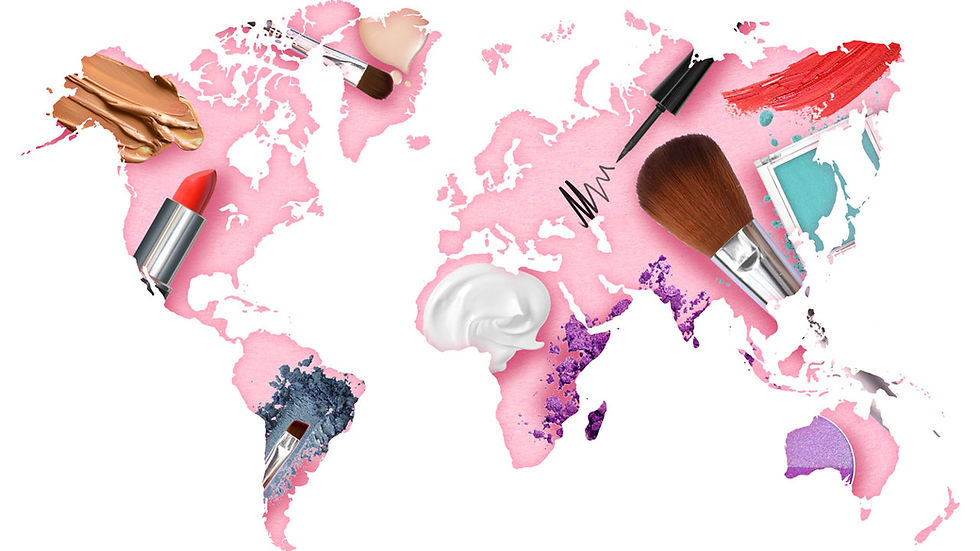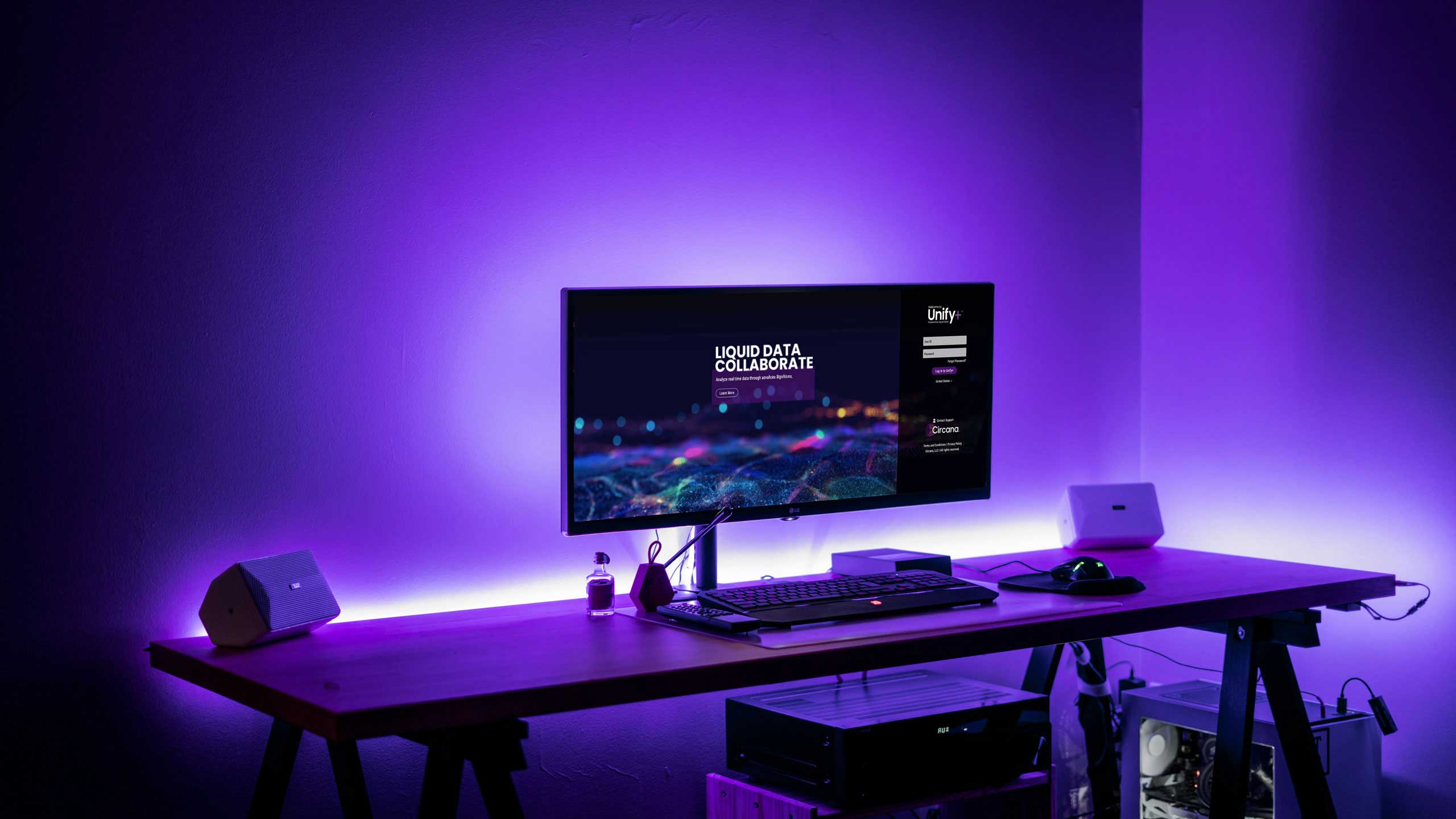- Maria Rugolo

- May 1, 2023
- 3 min read
COVID-19 not only changed our behaviors, but also our perception of – and appreciation for – time. Sometimes the lockdown in 2020 feels like it was just yesterday, while other times, it feels so long ago. Our timelines are now organized by what came before, during, and after the pandemic. For me, what stands out the most in all this fuzziness is how much I missed spending time with loved ones. As the pandemic layer began to tear and we slowly emerged back into society, and back to seeing people, we also saw our wardrobes evolve to accommodate our new lives.
In March 2020, at the onset of the shutdown, close to half of Americans cocooned at home were either in pajamas and loungewear (46%) or wearing their sweats all day (48%), based on a survey Circana conducted in conjunction with CivicScience. Clothing purchases centered on comfort and basic essentials, like bras and socks. Then, as we reemerged into society, to some degree, 2021 became the year of wardrobe replacement. This period was a turning point for transitional categories, like jeans and tees, allowing us to look a little more put together while still feeling comfortable. In 2022 we emerged full force and revamped the dressier side of our closets. Higher-income households and department store sales added the most revenue for the apparel industry, thanks to consumers spending on dresses, suits, woven shirts, and blazers.
The apparel industry’s revival took time because it was dependent on need – especially since nearly 80% of consumers purchase their apparel when they need it, based on Circana Omnibus survey results. Now, with full closets, what clothing needs can we expect consumers might buy this year?
In the first quarter (Q1) of 2023, apparel industry sales revenue was 12% higher than in Q1 2019, but many factors played into these results, including inflation, as unit sales were essentially flat. Sweatshirts, sweatpants, and dresses were the top three bestselling categories in Q1 2023, compared to 2019, and they also grew in sales, versus 2022. Today, 70% of adult women report wearing sweatshirts at least once a week, compared to 30% who wear dresses at least once a week. Does this indicate that consumers are only buying on the casual and dressy ends of the apparel spectrum? Actually, there’s more to the story.
In 2023, the blurring lines of active and fashion apparel are becoming clearer, which presents brands and retailers with an opening to grab both attention and share of wallet. Top performing brands are drawing in consumers by offering lifestyle appeal and introducing a wider portfolio of options for wardrobe expansion. Styles are being mixed and matched together in non-traditional ways: blazers with shorts, active pants with dressier tops, and even mini dresses over jeans (thank you, Katie Holmes). Here, education on the part of brands and retailers will also be key, to guide consumers in pairing and pulling their wardrobe together in this interconnected way.
For brands and retailers, the winning sales strategy has evolved from category recovery to a focus on expanded lifestyle needs. Today’s transformed consumer will be shopping differently than they did during each of the past three years, now that they are fully outside the walls of their pandemic cocoons. As consumers look to bring their wardrobes full circle, brands and retailers can grow by delivering on this evolution of need.
Get insights straight to your inbox






























